13 Vulnerable Stocks to Watch If the Market Trembles
America's economy is showing cracks.

America's economy is showing cracks. It's not just the ongoing trade war with China. Global economic weakness unrelated to China is weighing here at home. Uncertainty around Brexit, instability in the Middle East are among the contributors. As a result, there are a number of vulnerable stocks to watch, as another push could send them over the cliff.
Yes, the Federal Reserve is helping to ease the pain with lower interest rates. But consumers still are dealing with higher costs in health care, education and food. Consumer spending, which has been a sign of strength of late, even started to turn recently, cooling off in August.
Several stocks already are showing serious fundamental issues, such as stagnant growth, high levels of debt, lack of free cash flow (FCF; essentially, what's left over once the company spends and invests to maintain and expand its business). Continued volatility in the market could exacerbate the drop in currently falling stocks, and start the slide in others. In some cases, a broader market downturn on sentiment alone could do the trick; in others, further signs of economic fragility could unleash the sellers.
Here are 13 vulnerable stocks to watch. Some of these are deeply troubled stocks that might not warrant investor funds even in a strong market. A few are more stable companies that could experience outsize stock losses from temporary weakness – but might warrant buying on a future dip.
Data is as of Oct. 21, 2019. Dividend yields are calculated by annualizing the most recent payout and dividing by the share price. Analysts' opinions provided by Wall Street Journal.

Overstock.com
- Market value: $392.1 million
- Dividend yield: N/A
- Analysts' opinion: 1 Buy, 0 Overweight, 0 Hold, 0 Underweight, 0 Sell
Overstock.com's (OSTK, $11.11) troubles began years ago, but the e-commerce company reached a boiling point in August. That's when then-CEO Patrick Byrne released a statement saying he helped a "deep state" investigation into the 2016 presidential elections. Shortly after that, he admitted to a previous relationship with Maria Butina – a Russian who was sentenced to 18 months in federal prison because she worked as a foreign agent.
That same month, he stepped away from the company.
OSTK has lost more than half its value since Aug. 12, when Byrne disclosed his role in the investigation. Byrne then sold his entire 5 million-share, $90 million stake in September ... to buy cryptocurrencies and gold.
Overstock didn't need another headache. Growth had been lagging for years, thanks in part to growing competitors including Amazon.com (AMZN) and Wayfair (W). Investors were sitting on a stock that was mostly flat, except a short-lived spike from late 2017 to early 2018 driven by hype over its blockchain-technology investments.
The company has operated at a loss for nine consecutive quarters. In its most recently reported period (Q2), OSTK's revenues declined 23% year-over-year, to $373.7 million, generating a $24.7 million net loss.
Any slowdown in the economy, and weakness in consumer spending, would simply aggravate Overstock's myriad problems.
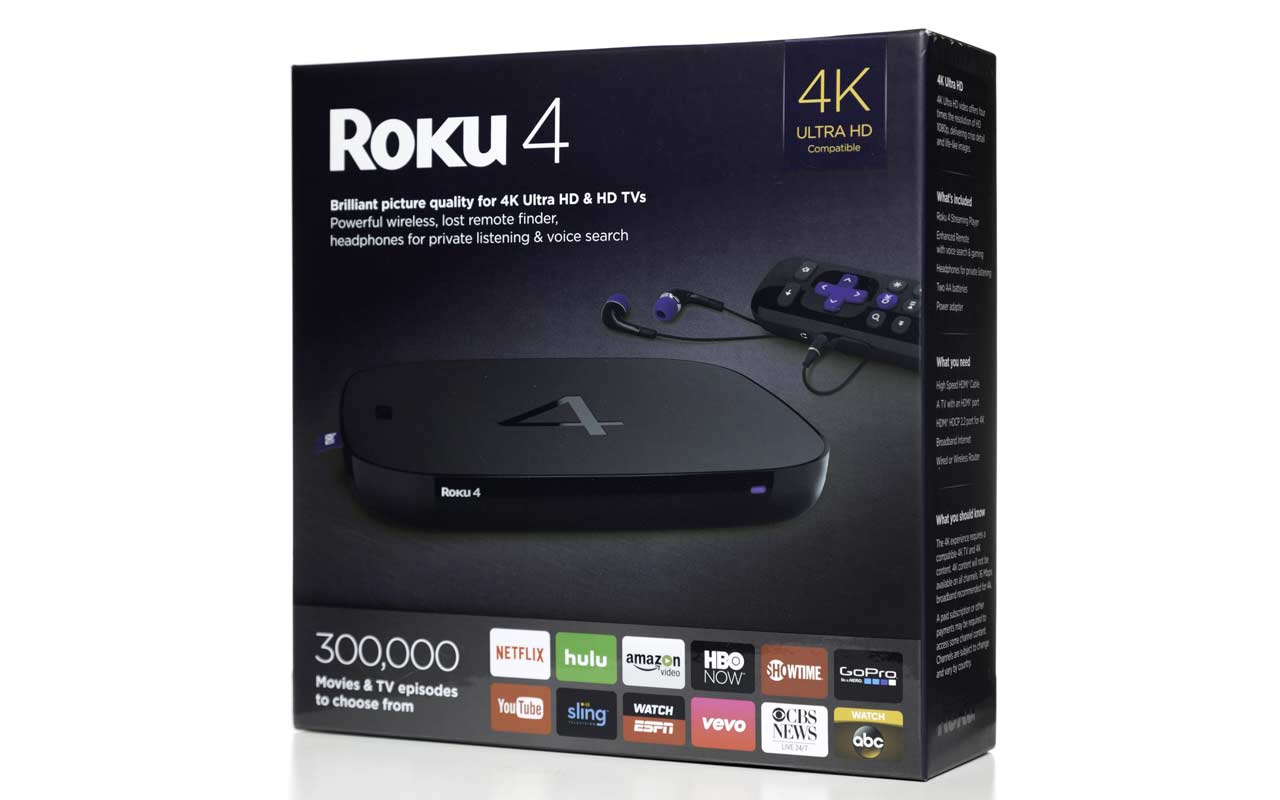
Roku
- Market value: $15.5 billion
- Dividend yield: N/A
- Analysts' opinion: 12 Buy, 0 Overweight, 3 Hold, 0 Underweight, 2 Sell
Consumers seem to be avid fans of Roku (ROKU, $133.03) and its streaming devices, but investors keep shifting back and forth. ROKU has posted enormous gains since its September 2017 initial public offering (IPO), charging ahead roughly 850% from its IPO price of $14 per share. That includes a 335% gain in 2019, but it has been a choppy road, including a 22% decline since early September.
The biggest concern is, unsurprisingly, the company's valuation. The stock now trades for more than 17 times sales, versus a 2.2 P/S for the S&P 500, which itself is high by historical standards.
Competing products are an issue, too. Pivotal Research analyst Jeffrey Wlodarczak, who has a Sell rating and $60 price target, writes, "We see dramatically more competition emerging that will likely drive the cost of OTT devices to zero and put material pressure on advertising revenue." That includes devices from the likes of Apple (AAPL) and Comcast (CMCSA), the latter of which announced it would give away Xfinity Flex streaming devices to internet-only customers.
Roku still is growing. Indeed, its platform business (advertising and TV licensing) exploded by 86% year-over-year during the second quarter. But consistent profits remain evasive. The company lost 8 cents per share in Q2, following a 9-cent loss in Q1; it produced a marginal profit in the year-ago quarter. So put Roku on your list of stocks to watch, as unprofitable companies will be a hard sell if the market slides and investors flee to safety.

Beyond Meat
- Market value: $6.6 billion
- Dividend yield: N/A
- Analysts' opinion: 2 Buy, 0 Overweight, 8 Hold, 1 Underweight, 1 Sell
Beyond Meat (BYND, $110.13), which produces plant-based, meat-like protein products, went public in May after much fanfare from Wall Street … and vegetarians. Naysayers began predicting its demise early, despite hordes of meat loathers and meat lovers alike buying up its wares at stores such as Target (TGT), Safeway and Publix. It also made the rounds at restaurants including TGI Fridays, Carl's Jr. and McDonald's (MCD), which is testing its products in Canada.
Beyond Meat is a disruptive company demonstrating that meat-based alternatives can at least catch consumer interest, says KC Ma, a finance professor at the University of West Florida in Pensacola. But it still needs to prove its product idea will remain a steady part of consumers' diets, and will rise above "fad" status. Beyond also has to deal with pure-play competitors such as Impossible Foods and Lightlife, not to mention larger companies such as Tyson Foods (TSN) and Kellogg (K).
Ma says BYND, which trades at 39 times sales, is "widely considered overvalued" and that speculative stocks with lofty valuations are among the most vulnerable stocks to watch is a global recession hits.
Yale Bock – a portfolio manager for Boston-based online investing company Interactive Advisors – points out that the company hasn't produced a cent of operating income or cash flow yet.
"It should be called Beyond Belief," Bock says. "Unless every restaurant chain in the world adopts their product over the next five years, it's hard to see how this stock stays where it is at."
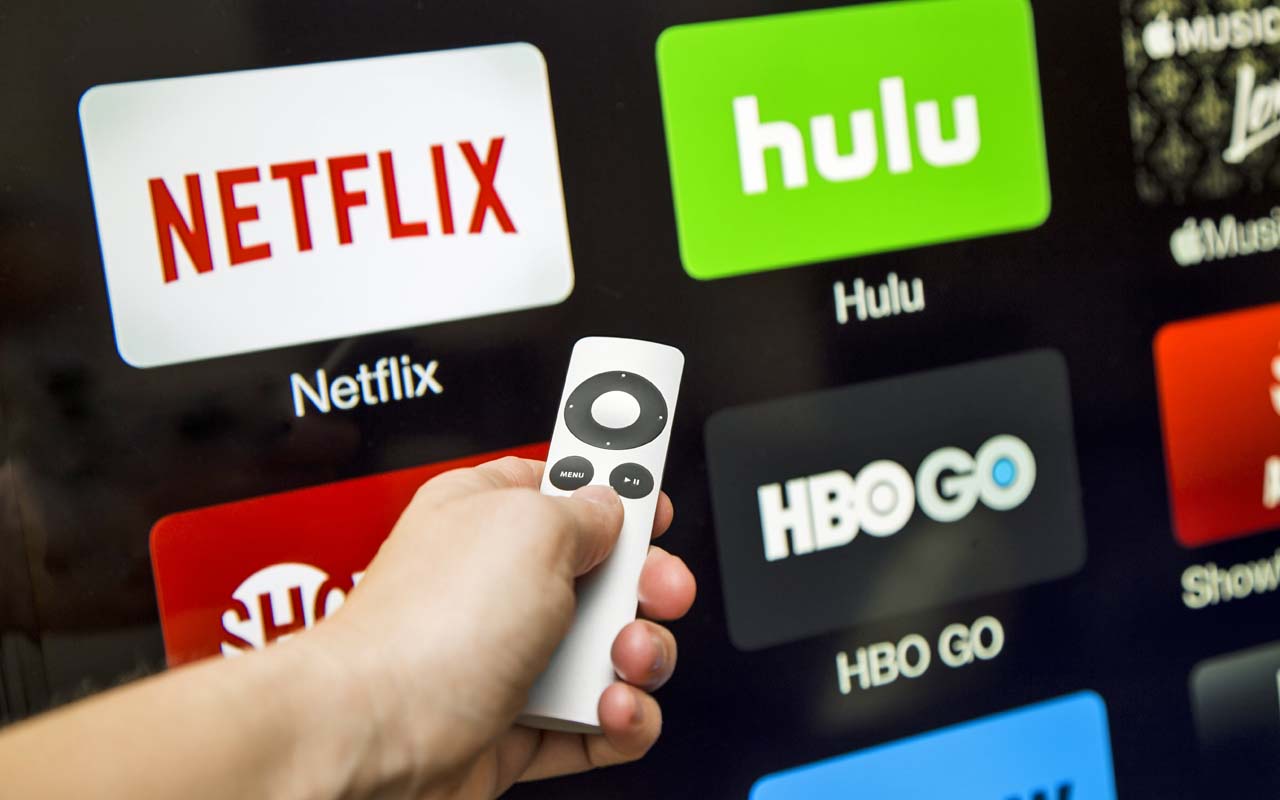
Netflix
- Market value: $121.9 billion
- Dividend yield: N/A
- Analysts' opinion: 25 Buy, 2 Overweight, 11 Hold, 0 Underweight, 2 Sell
Netflix (NFLX, $278.05) already sits on many investors' lists of stocks to watch because of its momentum. Unfortunately, momentum has swung the other way.
NFLX has lost more than a quarter of its value since July as two juggernaut competitors approach. Apple will roll out its Apple TV+ streaming content in more than 100 countries starting Nov. 1. Disney's (DIS) Disney+, which includes juggernauts such as the Star Wars universe and Marvel Studios, will launch on Nov. 12.
Netflix has missed expectations for subscriber numbers for the past two quarters. "(Apple and Disney are) going to make life even more difficult for Netflix when it comes to acquiring new U.S. customers," says Ryan Grace, chief market strategist for Chicago-based brokerage firm Dough.
Meanwhile, cash continues to be an issue. Netflix has to purchase content to compete with an ever-growing list of streaming competitors. Indeed, NFLX recently announced it will have to raise another $2 billion in junk-rated debt to fund its content needs.
And despite the stock's problems this year, it still trades at a whopping 49 times analysts' estimates for next year's earnings, and at nearly 6 times sales (just less than triple the S&P 500's valuation).
"At the current price, revenue and operating income will have to double every year to justify that market value," Yale Bock says. That's a tough ask with Apple and Disney now in the game.

The Trade Desk
- Market value: $9.0 billion
- Dividend yield: N/A
- Analysts' opinion: 9 Buy, 0 Overweight, 8 Hold, 0 Underweight, 0 Sell
Online advertising company The Trade Desk (TTD, $200.84) is a strategic pioneer of programmatic advertising. TTD, founded in 2009, has mostly experienced outstanding growth, including in 2018. Last year's revenues climbed 55% year-over-year, and it posted a 73% jump in profits to $1.92 per share.
With technology advancements and the advertising shift from analog to programmatic, the company's model with proprietary software and 95% customer retention ratio in the last three years is "hard to beat," says Chris Osmond, chief investment officer at Prime Capital Investment Advisors.
But The Trade Desk's growth has slowed. Revenues for the first six months of this year have grown 42% year-over-year, and profits have improved by "just" 52%.
TTD shares have exploded another 73% this year, and 567% over the past half-decade. But the stock has suffered a 30%-plus drop since late July as investors wonder whether slowing growth is worth the price. Even after the declines, TTD still trades at 53 times next year's estimates and more than 15 times trailing sales.
"While TTD hasn't missed earnings expectations for numerous years, any negative language around forward guidance could continue to send the stock further into a tailspin," Osmond says. "Given the extremely volatile nature of TTD, should a downturn take hold, TTD could get thrown out with the bathwater along with other high-beta, volatile stocks."
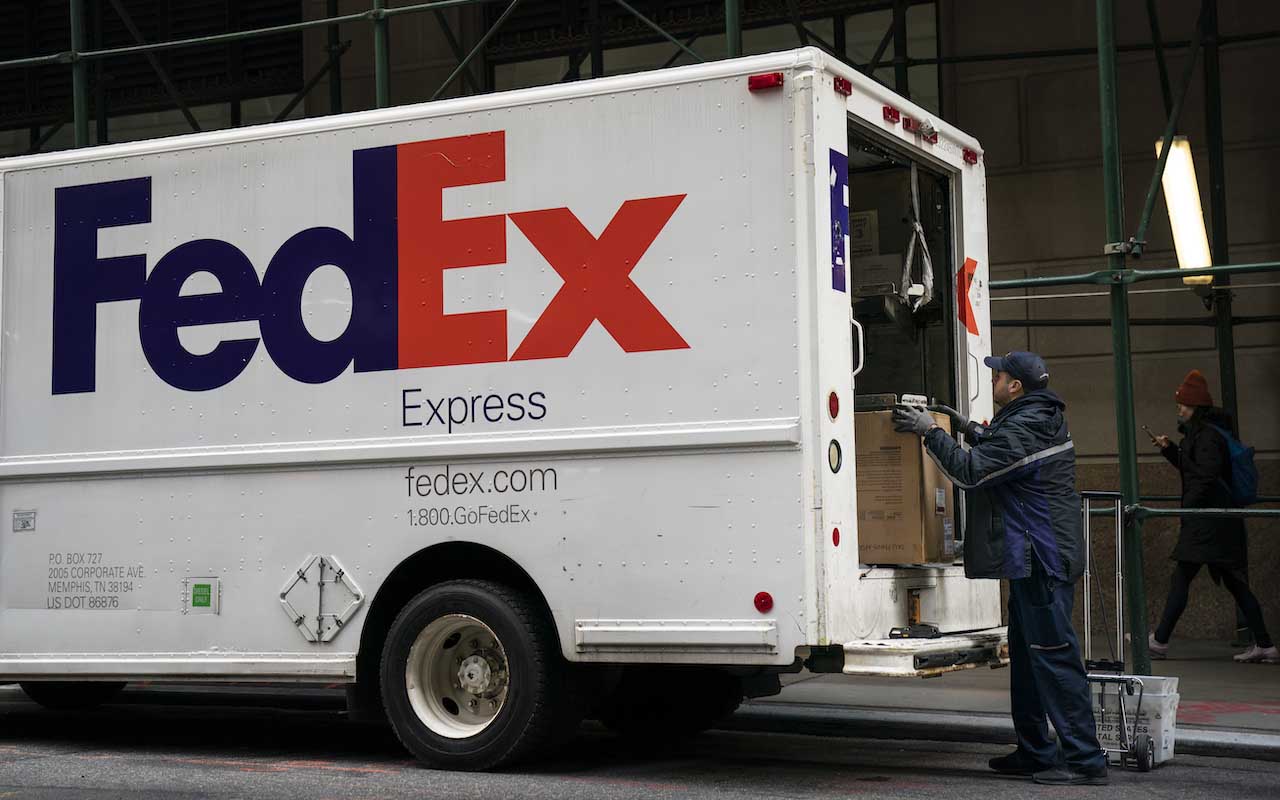
FedEx
- Market value: $39.7 billion
- Dividend yield: 1.7%
- Analysts' opinion: 10 Buy, 3 Overweight, 12 Hold, 0 Underweight, 1 Sell
Global shipping giant FedEx (FDX, $152.04) has already had a difficult 2019, off 5% in a better-than-average year for the broader market.
The big headline surrounding FedEx came in August, when it said it wouldn't renew its ground-delivery contract with Amazon.com. But in reality, Amazon only made up just more than 1% of the company's revenues as of 2018.
When FedEx missed quarterly earnings estimates in mid-September, CEO Frederick Smith cited "weakening global macro environment driven by increasing trade tensions and policy uncertainty." Those same pressures forced the company to make a downward adjustment to its current-year financial guidance, prompting a 13% dip in the stock – its largest-single day decline since 2008.
FDX has missed earnings per share in two of its last four quarters and suffered several analyst downgrades, Chris Osmond says. That includes Bernstein analyst David Vernon, who wrote in early October that it's "reasonable to think that results could get worse before they get better" and slashed his price target from $201 to $153.
But despite poor forecasts and a 30% decline over the past 52 weeks generating some fear among investors, others recognize the buy opportunity, Osmond says.
"With the recurring nature of economic cycles factored into FedEx's business model and contraction in manufacturing, FedEx still has a low valuation, a $2.60 annual dividend and commitment to growing its e-commerce."
While further economic weakness would naturally weigh on the stock, it could be an attractive buy if the macro environment clears.

Chewy
- Market value: $11.1 billion
- Dividend yield: N/A
- Analysts' opinion: 6 Buy, 0 Overweight, 6 Hold, 0 Underweight, 0 Sell
PetSmart acquired online pet-food and pet-product retailer Chewy (CHWY, $27.86) in May 2017 for $3.35 billion, then spun it off in 2018, capitalizing on one of the largest ever private-equity-backed IPOs. PetSmart used proceeds from the deal to reduce its debt by $826 million.
As for Chewy: It has done fine since its June 14 IPO, gaining 27% from its offering price of $22 per share.
Its most recent quarter raised a little bit of concern among analysts. Revenues grew 43% year-over-year, and its EBITDA (earnings before interest, taxes, depreciation and amortization) margins grew by 4.1 percentage points. However, "the rate of growth is slowing due to the law of large numbers," Wedbush analyst Seth Basham wrote shortly after the report. The company's SG&A (selling, general and administrative) expenses also rose more than expected.
Nomura Instinent analyst Mark Kelley called it "another solid quarter" but maintained his Neutral rating (equivalent of Hold) and lowered his price target from $36 per share to $32.
"While Chewy's falling stock price appears to be attractive with little downside, it may or may not be a lot to chew on in the future," Osmond says. The main threat to Chewy's, other than the ever-present threat of Amazon.com to most e-tailers, would be a significant downturn in the economy, which merits including it among stocks to watch. But CHWY may be able to hold its own in a simply "less good" economic environment.

Square
- Market value: $26.1 billion
- Dividend yield: N/A
- Analysts' opinion: 18 Buy, 0 Overweight, 17 Hold, 2 Underweight, 4 Sell
San Francisco-based payments processing company Square (SQ, $61.15) has a lot going for, says Barry Randall, a technology portfolio manager for Interactive Advisors. Its most recent quarter saw sales growth of 44%, and its free cash flow margins are above 10%, he says.
The intangibles are promising, too. The company's Square Cash app is getting positive buzz from celebrities and other influencers. Square also announced in October that it will begin a payment-processing program for CBD sellers – a solution to the industry's difficulty accessing basic financial services.
Still, there are risks heading into Square's Q3 report, due out Nov. 6. Consensus estimates for both its third and fourth quarters have dipped slightly since Square reported its Q2 in August. Square's management "merely reaffirmed its existing 2019 guidance, rather than raising it as they had done in recent quarters," says Randall, who also suggests keeping an eye on gross payment volume growth, which decelerated to 25% in the second quarter.
Randall says the company's valuation – it trades for 55 times expectations for next year's profits – aren't outrageous for a company expected to grow revenues by 43% this year. But it's certainly a premium to the market. And that revenue growth rate is expected to slow to 34% in 2020.
He also doesn't view the movement in SQ stock, which has lost almost a quarter of its value over the past three months, as a deal. In fact, "in a stock market driven recently by momentum, that's a drag," Randall says.
While Square's overall business outlook is "very strong" compared to its fintech competitors, he says the stock's premium valuation "could be easily compressed if the third quarter is a second disappointing quarter in a row."

Peloton Interactive
- Market value: $6.3 billion
- Dividend yield: N/A
- Analysts' opinion: 16 Buy, 2 Overweight, 2 Hold, 0 Underweight, 0 Sell
Peloton Interactive (PTON, $22.26) is a technology-heavy exercise equipment company, sells $2,200 exercise bikes and $4,300 treadmills with built-in screens to customers who are willing to shell out another $40 per month to pay for its video workout classes.
The company, which went public less than a month ago at $29 per share, isn't likely to reach mass consumers anytime soon at these prices. That's one reason it belongs on any list of stocks to watch amid economic weakness. So is the fact Peloton isn't profitable at those product prices, and it's unclear when, if ever, the company will make any money.
"When Peloton filed its S-1, it was reminiscent of WeWork, with aspirations seemingly detached from reality," Ryan Grace says. "While Peloton sees its true calling as becoming an influential global tech company, alongside names like Apple and Google, it sells really expensive exercise equipment."
The analyst community is overwhelmingly in the bull camp, despite its problems, and despite the fact that the stock is well underwater from its IPO price.
MKM Partners' Rohit Kulkarni is one of the few non-bulls, giving it a Neutral rating with a price target of $24. He says the company has a limited market and that it has created a "overburdened cost structure, leading to a long and windy pathway to profitability."

RH
- Market value: $3.5 billion
- Dividend yield: N/A
- Analysts' opinion: 8 Buy, 0 Overweight, 10 Hold, 1 Underweight, 0 Sell
High-end furnishing company RH (RH, $184.74), previously known as Restoration Hardware, faces several headwinds, including the ongoing trade dispute with China and competition from Wayfair and Williams-Sonoma (WSM).
But you wouldn't know it by looking at the stock price, which has soared 54% year-to-date.
CEO Gary Friedman told "Mad Money" host Jim Cramer in June that the company focuses on the "long-term narrative" instead of "short-term noise" and continues to launch new brick-and-mortar stores. Indeed, RH has navigated tariffs by increasing prices on some products, revamping existing deals with suppliers and relying less on China for its sourcing.
However, whether RH can beat its competitors while tariffs are impacting its bottom line and amid a potential economic slowdown is debatable. The company's revenues and profit margins are too closely aligned with both conditions in the housing and equity markets, Morningstar analyst Jaime Katz wrote in a September report. Consumers could cut down on spending, and that weakness "could lead to wide swings in profits."
"We believe RH's brand and perceived quality carry some weight with consumers, but we view the core consumer as easily swayed by economic conditions," she writes.

MarketAxess Holdings
- Market value: $13.3 billion
- Dividend yield: 0.6%
- Analysts' opinion: 0 Buy, 0 Overweight, 9 Hold, 0 Underweight, 2 Sell
MarketAxess Holdings (MKTX, $353,40), a leading fixed-income trading platform for institutional investors, reported mixed results during the second quarter. Revenue rose by 17.3% to $125.5 million as trading volume increased by 25.3%. Earnings improved by 19% to $1.27 per share, though that was less than the consensus estimate by a nickel per share. And costs to compensate employees rose by almost 25%, accounting for 50% of expenses.
MKTX has dropped by more than 15% since the announcement, but that hasn’t alleviated its sky-high valuations. The stock trades at 29 times sales and 58 times future earnings estimates.
MarketAxess fits the typical mold for vulnerable stocks to watch during an economic pullback: high-priced tech companies with high growth momentum.
The shift to electronic trading for corporate and government bonds has been relatively slow compared to equities. That said, longer-term, MarketAxess stands to benefit as more fixed-income trading enters the modern age.

Micron Technology
- Market value: $50.1 billion
- Dividend yield: N/A
- Analysts' opinion: 17 buy, 1 overweight, 11 hold, 1 sell, 1 underweight
Micron Technology (MU, $45.22) is a boom-and-bust stock in a highly cyclical industry, KC Ma says. The company is reactive to the prices of DRAM and NAND memory, which are facing a "continuing declining phase mainly due to the US-China trade conflict."
Micron is the largest provider of semiconductor memory chips to China and has emerged as a poster child of the trade war for both countries.
"From the uncertainty of the trade dispute, the political embargo to smartphone maker Huawei and the industry wide IT spending cut from the perceived forthcoming recession, the prices of the underlying commodity, DRAM and NAND, have declined from the demand/supply imbalance," Ma says.
The oversupply in chips has hampered MU's results. So has the placement of customer Huawei on America’s trade blacklist; Huawei accounted for 13% of Micron revenues during the first half of its 2019 fiscal year. The company’s third-quarter revenues declined nearly 39% year-over-year thanks in part to the suspension of shipments to Huawei.
Ma says Micron’s stock has a fair value in the $60s, but he believes a continuation of trade hostilities could send it into the $30s.

General Motors
- Market value: $51.3 billion
- Dividend yield: 4.2%
- Analysts' opinion: 12 Buy, 2 Overweight, 5 Hold, 0 Underweight, 0 Sell
General Motors (GM, $35.93) faces a number of problems, though the reason it should be on your list of stocks to watch is the nature of its core business.
General Motors already has lost an estimated $1 billion from a stalemate with the United Auto Workers union. However, members are currently in the midst of voting on a tentative deal that could be approved by the end of this week.
GM isn't immune on the trade front, either. In August, China said it would resume a 25% tariff on U.S. auto imports, along with a 5% tariff on parts and components, effective Dec. 15. However, this doesn't actually impact GM as much as competitors Ford (F) and Fiat Chrysler (FCAU). GM already builds many of its vehicles in China for drivers in the country. (However, consumers in that market could opt to avoid American brands while the trade war marches on.)
The biggest risk to General Motors is a slowdown or stop to American economic growth. With the U.S. already past "peak auto," a shrinking domestic auto market has already proven problematic to GM, whose stock is virtually flat since the start of 2015. Purchases of new cars and trucks are sure to be put off while money's tight, as consumers try to extend the mileage on their current autos rather than taking on a new payment.
Profit and prosper with the best of Kiplinger's advice on investing, taxes, retirement, personal finance and much more. Delivered daily. Enter your email in the box and click Sign Me Up.
-
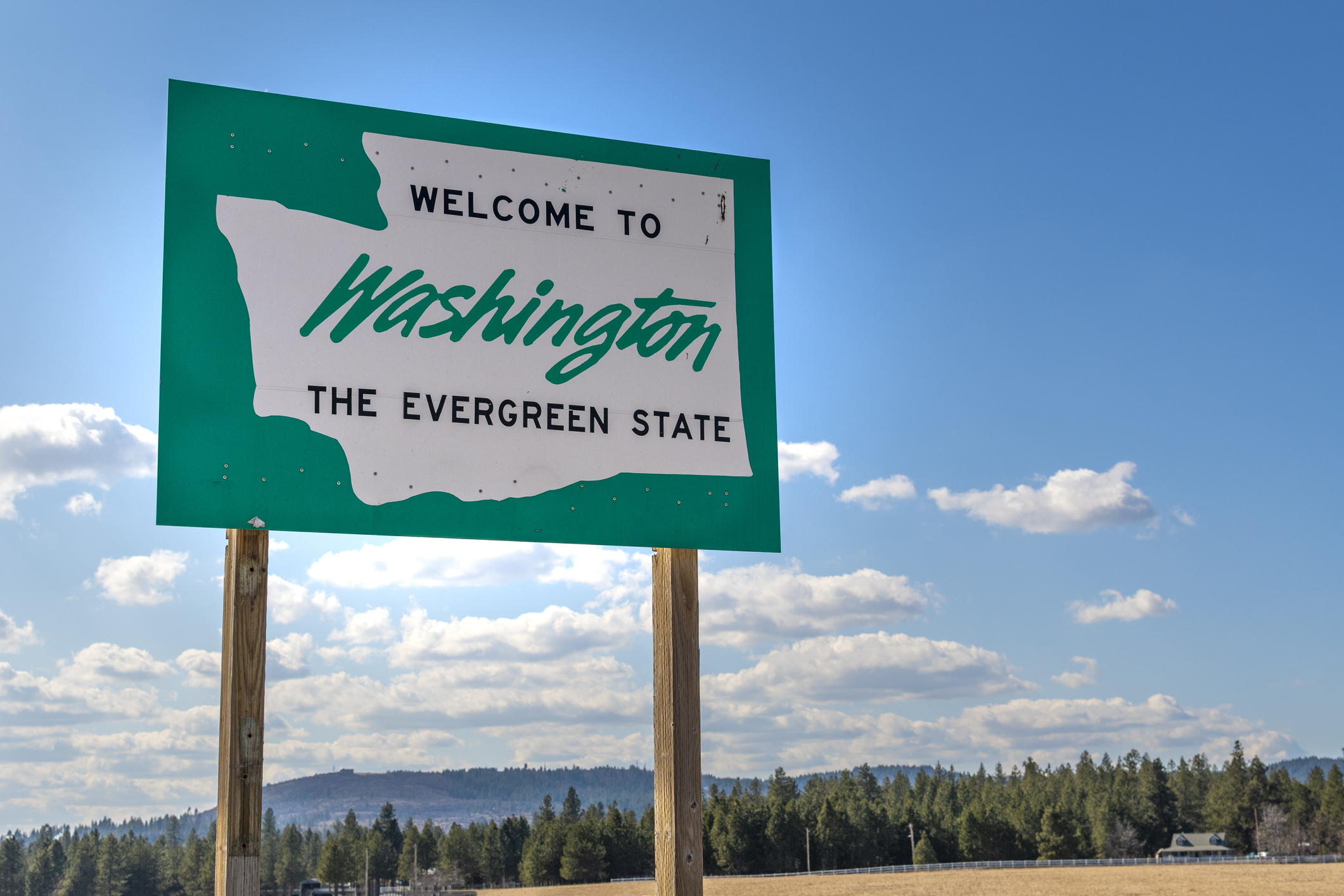 10 Cheapest Places to Live in Washington
10 Cheapest Places to Live in WashingtonProperty Tax Is Washington your go-to ski destination? These counties combine no income tax with the lowest property tax bills in the state.
-
 Healthy to 100: Secrets from Countries Where Retirees Age Best
Healthy to 100: Secrets from Countries Where Retirees Age BestLongevity is a team sport, according to author Ken Stern. Here's the secret sauce for living long, healthy lives from countries like Italy and Japan.
-
 My First $1 Million: Semiretired CPA, 68, San Francisco
My First $1 Million: Semiretired CPA, 68, San FranciscoEver wonder how someone who's made a million dollars or more did it? Kiplinger's My First $1 Million series uncovers the answers.
-
 The November CPI Report Is Out. Here's What It Means for Rising Prices
The November CPI Report Is Out. Here's What It Means for Rising PricesThe November CPI report came in lighter than expected, but the delayed data give an incomplete picture of inflation, say economists.
-
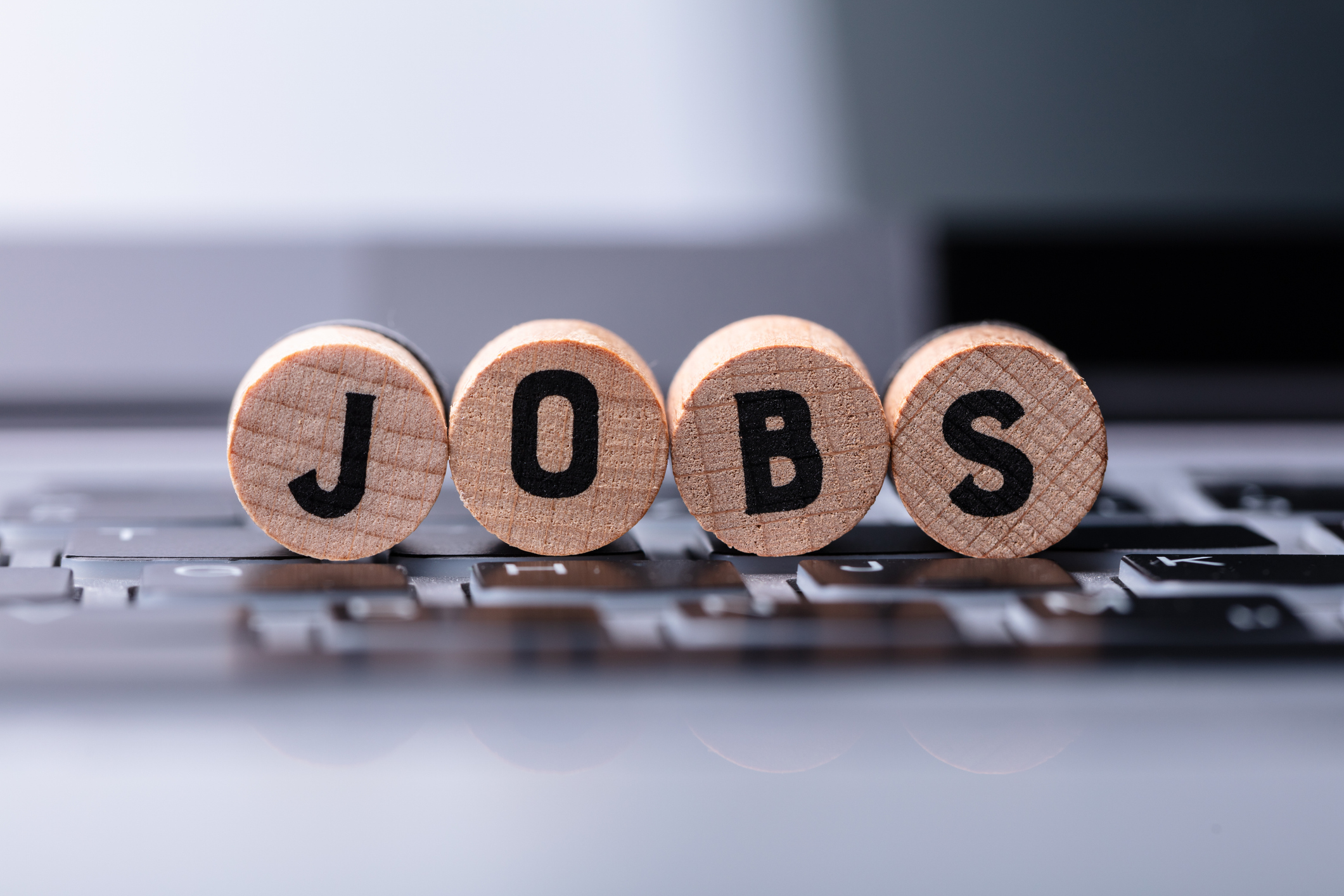 The Delayed November Jobs Report Is Out. Here's What It Means for the Fed and Rate Cuts
The Delayed November Jobs Report Is Out. Here's What It Means for the Fed and Rate CutsThe November jobs report came in higher than expected, although it still shows plenty of signs of weakness in the labor market.
-
 December Fed Meeting: Updates and Commentary
December Fed Meeting: Updates and CommentaryThe December Fed meeting is one of the last key economic events of 2025, with Wall Street closely watching what Chair Powell & Co. will do about interest rates.
-
 The Delayed September Jobs Report Is Out. Here's What It Means for the Fed
The Delayed September Jobs Report Is Out. Here's What It Means for the FedThe September jobs report came in much higher than expected, lowering expectations for a December rate cut.
-
 October Fed Meeting: Updates and Commentary
October Fed Meeting: Updates and CommentaryThe October Fed meeting is a key economic event, with Wall Street turned into what Fed Chair Powell & Co. did about interest rates.
-
 The Delayed September CPI Report is Out. Here's What it Signals for the Fed.
The Delayed September CPI Report is Out. Here's What it Signals for the Fed.The September CPI report showed that inflation remains tame – and all but confirms another rate cut from the Fed.
-
 Banks Are Sounding the Alarm About Stablecoins
Banks Are Sounding the Alarm About StablecoinsThe Kiplinger Letter The banking industry says stablecoins could have a negative impact on lending.
-
 Government Shutdown to Delay Data, Including Key Jobs Report
Government Shutdown to Delay Data, Including Key Jobs ReportWhile government shutdowns typically don't impact stock returns, they can delay the release of key economic data – including the monthly jobs report.
